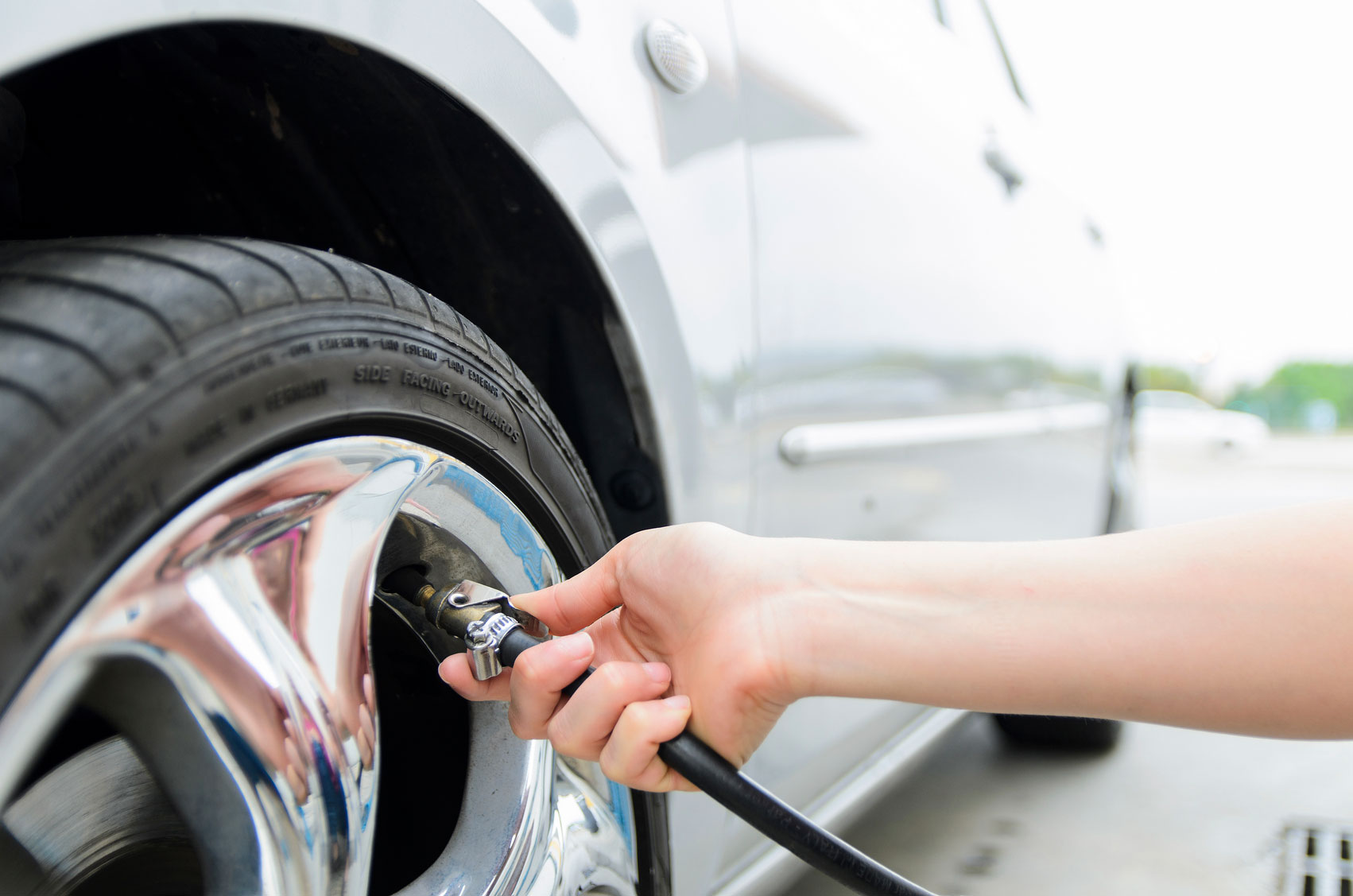Last Updated on March 23, 2023 by tawhid
Tire pressure generally increases when driving due to the heat generated by friction. The amount of increase depends on many factors, including tire type and inflation level, as well as road and weather conditions. In general, a good rule of thumb is that tire pressure will rise about 1 PSI for every 10 miles driven.
Tire pressure increases when driving for two reasons: the heat generated by the friction of the tire against the road, and the weight of the vehicle pressing down on the tires. The amount of increase depends on how fast you’re going and how heavy your vehicle is.
If you’re driving a light car at moderate speeds, you might see an increase of around 10 psi.
But if you’re hauling a heavy load or going fast on the highway, that number can jump to 30 psi or more. Keep an eye on your tire pressure gauge and inflate your tires as needed to maintain safe levels.
Tyre Pressure Increase When Driving
When you’re driving down the highway, the last thing you want to worry about is whether or not your tires are properly inflated. Unfortunately, tire pressure can fluctuate for a variety of reasons, and if it’s not at the optimal level, it can impact your safety on the road.
One reason why your tire pressure might increase while you’re driving is due to the heat generated by friction.
As your tires rotate against the pavement, they generate heat, which causes the air inside to expand. This is most likely to happen on hot days or when you’ve been driving for a long period of time.
If you notice that your tire pressure has increased while driving, it’s important to pull over and check the pressure levels as soon as possible.
You can use a portable air compressor or visit a gas station with an air pump to bring them back down to normal levels. It’s also a good idea to check your owner’s manual to see what the recommended tire pressure is for your vehicle so that you can ensure they’re always inflated properly.

Credit: www.aaa.com
How Much Psi Do Tires Increase When Hot?
When the temperature outside increases, so does the pressure inside your tires. As a general rule, every 10 degrees Celsius increase in temperature will result in a corresponding increase of 1 PSI in tire pressure. So if it’s 30 degrees Celsius out and your tire pressure is at 30 PSI, when the temperature rises to 40 degrees Celsius, you can expect your tires to be at 40 PSI.
Keep in mind that this is just a general rule of thumb – actual results may vary depending on the type of tire and other factors. If you’re unsure about what PSI your tires should be at, consult your vehicle’s owner manual or the tire manufacturer for more specific guidance.
Does Driving Cause Tire Pressure to Increase?
Most people believe that driving causes tire pressure to increase, when in fact it is the heat from the sun and pavement that causes an increase in tire pressure. When a tire is driven on hot pavement, the air inside expands and causes the pressure to rise. The only time driving would cause an increase in tire pressure is if you were to drive over a pothole or something else that would cause the tire to become damaged.
Is 40 Psi Too High for Tires?
No, 40 PSI is not too high for tires. In fact, most modern passenger vehicles recommend tire pressure between 30 and 35 PSI. However, it is important to consult your vehicle’s owner manual to find the recommended tire pressure for your specific vehicle.
Over-inflating tires can lead to decreased fuel economy and a rougher ride, while under-inflating tires can cause premature wear and tear.
4 Reasons You Should Monitor Tire Pressure
Conclusion
According to the blog post, tire pressure can increase by up to 50% when driving. This is due to the heat generated by the tires as they rotate. The author recommends checking tire pressure regularly, especially before long trips.
